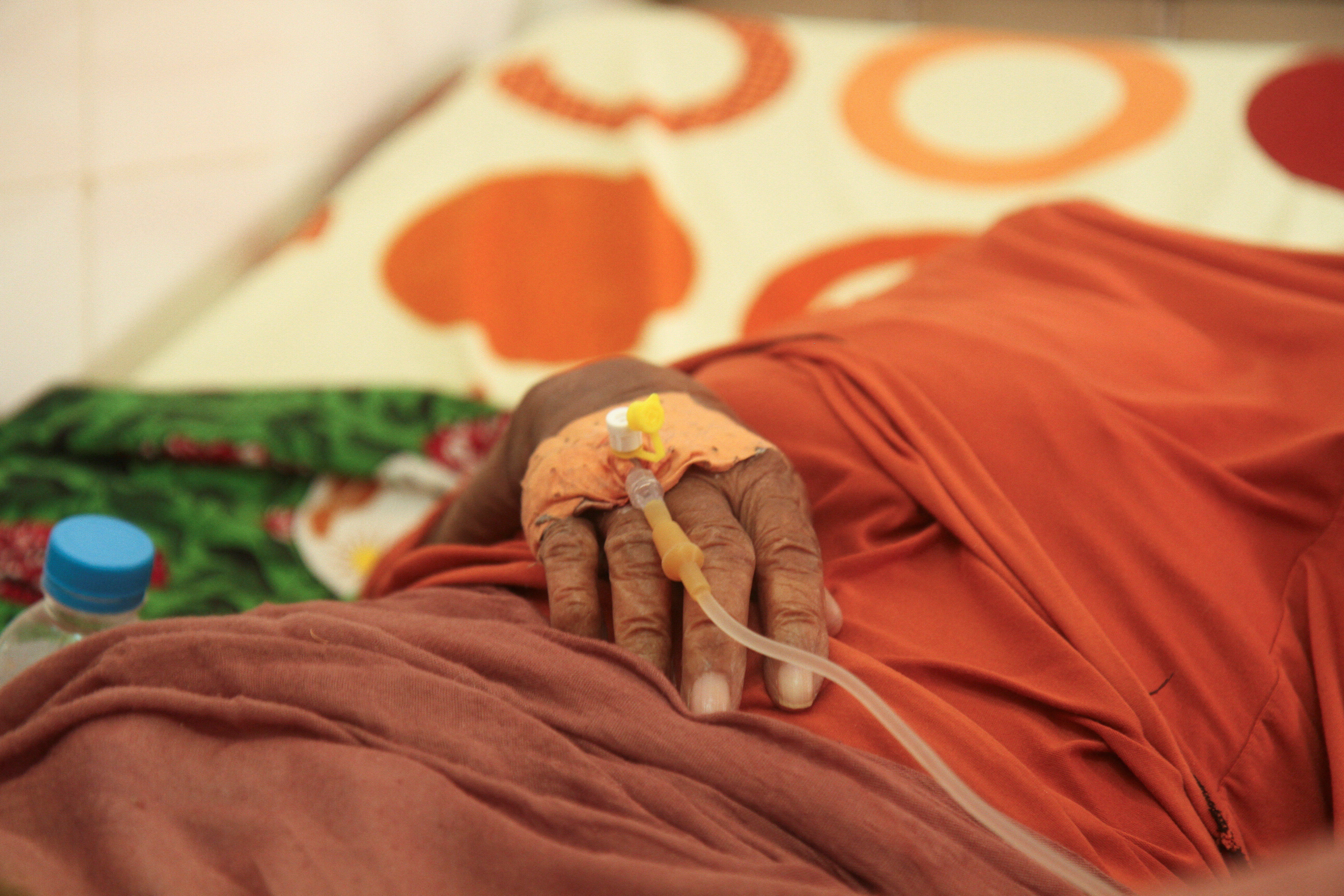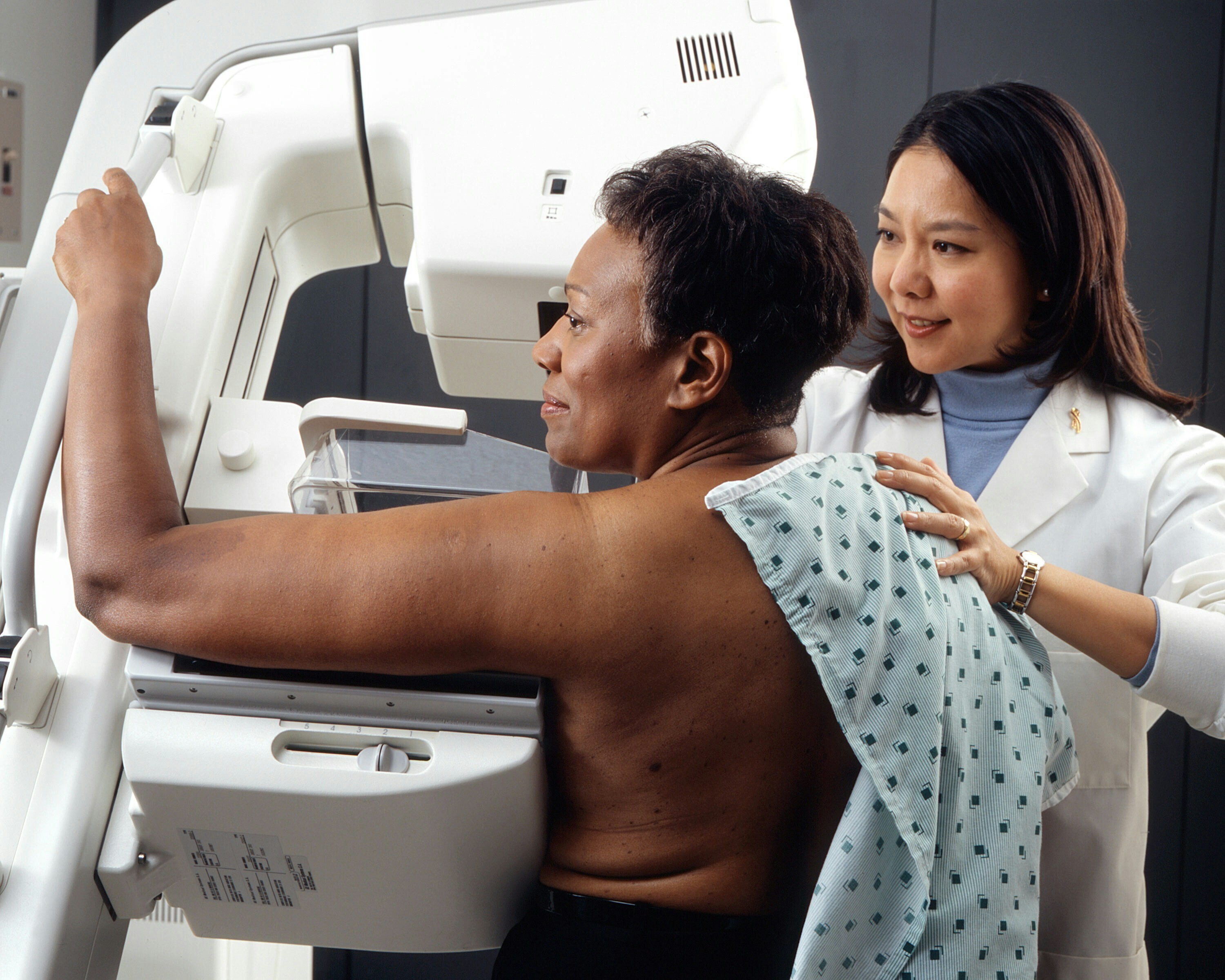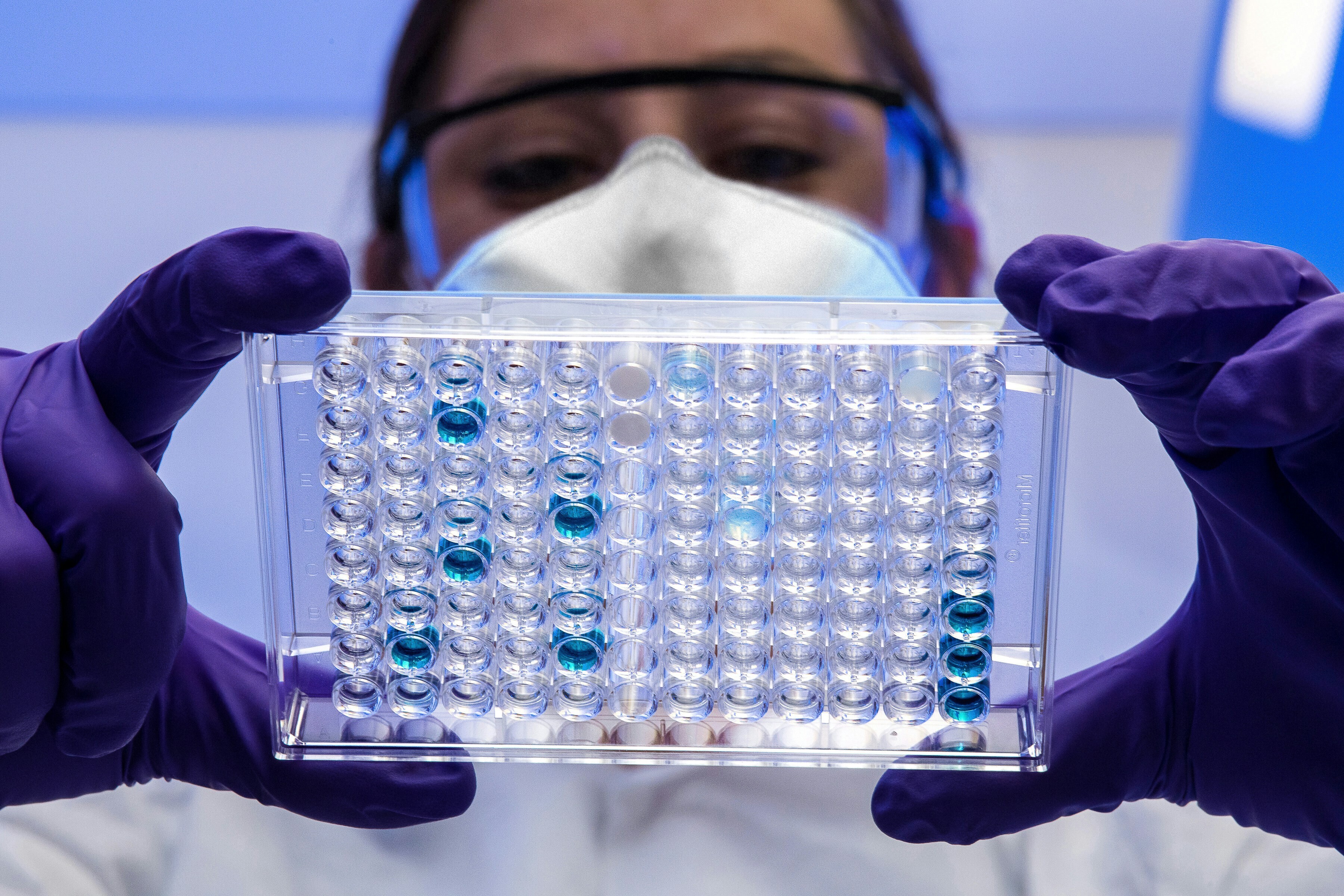COVID-19 lockdowns are lifting. How safe is it to go out?

Citizens are weighing up the risks of venturing out as countries ease lockdowns.
Image: REUTERS/Jennifer Lorenzini

Explore and monitor how COVID-19 is affecting economies, industries and global issues
Stay up to date:
COVID-19
- Social distancing and hand sanitizing really do work to reduce the risk of spreading coronavirus.
- Masks and staying six feet (two metres) apart make a big difference.
- Large supermarkets are about 100 times riskier than the local corner shop.
As countries around the world start easing COVID-19 lockdowns, a mathematician has developed a series of models to weigh up the risks of taking a walk, shopping and socializing.
Elena Polozova worked part-time for three years as a network epidemiology research assistant at MIT. She writes: “So we’re quarantined. We’re social distancing, avoiding groups, and staying six feet apart as much as possible. But this still leaves so many questions!"
She lists the following:
- What if the sidewalk is only four feet wide — should I #stayHomeSaveLives?
- How does “riskiness of the hangout” scale with “length of the hangout”?
- How risky is going to Costco [a vast, warehouse-like store] vs. going to the corner store?
- How does this all change if we’re wearing masks?
As a mathematician quarantined in a community house with nine other people, she says burning questions like this came up at her house meetings. So she made a physics-based activity risk model and fed the questions into it.
This is not public health advice. It is one mathematician’s take on the risks of going outside. Polozova herself writes: “All models are wrong, but some are useful. I think this one is useful, but please bear in mind that I made it in a week. The exact percentages are definitely inaccurate. I’m sharing because I think the general, directional trend information it reveals — distinguishing between a 1% risk and a 10% risk — is much better than no information at all.”
She started by considering three widely agreed upon kinds of transmission:
1. Surface-based: you touch an object that has virus on it, then touch your face.
2. Warm-body-based: you come near a living, breathing infected person, and viral particles from their breathing then infect you in a diffusion-based way.
3. Wildcard: a catch-all for everything else that’s beyond the scope of this model. Fluid dynamics of airborne particles are weird enough that this term is definitely not zero, though it’s hard to say exactly how big it is. Probably small?
She then translated these into a series of summary equations below, with further detail in the code and spreadsheet.
Polozova says some results immediately stood out when she ran the numbers.
1. Social distancing and cleaning work
For an individual, the riskiness of going outside increases in a linear fashion with four factors:
- the number of people they encounter
- the number of surfaces they touch
- the number of other people that have touched those surfaces since the surfaces were last sanitized
- the probability that any given person outside is contagious
She writes: "In a networked pandemic where all the scariest stats are exponential, this is good news! It means that if your region sees cases increase by 2x, your midday walk only gets twice as risky. Not, like, four or eight times riskier."
"This also means that you can cut your infection risk in half by avoiding half the people, touching half of the surfaces, or sanitizing surfaces twice as frequently. Do all three and you’ll reduce your risk by a factor of eight!"
2. Masks make a difference
The viral particles emitted by an infected person spread out to the surface area of the sphere around them. Cutting out 90% of the emitted viral particles, as a surgical mask does, offers you a 10x protection factor, which is roughly equivalent to standing 3 times further away. T-shirt masks block 70% of particles, so they are roughly equivalent to standing twice as far away.
3. The six feet rule is important
Polozova writes: “Six feet of distancing keeps you pretty darn safe. BUT any amount less than that is much, much riskier! So, no passing others on narrow sidewalks! Either swerve into the road to do it, OR wear a mask. Masks can earn you the right to pass others on the sidewalk. No mask? Stay six feet away, even if it means you might get stuck behind someone slow.”
What if the sidewalk is only four feet wide?
She then runs the numbers for some specific scenarios, such as: “What if the sidewalk is only four feet wide — should I #stayHomeSaveLives?”
Polozova writes: “Takeaway #2 gives us a clue here — this answer depends heavily on mask usage.”
The main parameter in this question is the four-foot distance. That leaves her to specify the number of people that breathe on you, the number of times they breathe on you, and the intensity they do it with. She assumes that “passing” someone on a walk means they breathe on you twice.
For the other two parameters, she suggests a range of values. What if I pass 10, 30, or 100 people and they: all cough on me; never cough on me but aren’t wearing masks; all wear t-shirt masks; all wear surgical masks? What are the same probability numbers if our radius grows to six feet?
Plugging these numbers into the model returns this grid of outcomes:
Polozova writes: “We can see that, if you’re coughed on by people who aren’t wearing masks, a four foot sidewalk is wayyyy riskier than a six foot sidewalk! But fortunately, the difference disappears when people put on masks: infection probabilities tank to near-zero.
“If everyone coughs on you while passing you, you have a 19% chance of getting infected after passing 100 people in San Francisco at a four foot distance, but only a 0.8% chance at a six foot distance. Truly, masks and distancing make a god-like level of difference.”
How does “riskiness of the hangout” scale with “length of the hangout”?
Polozova assumed a breathing rate of 16 breaths per minute, and that everyone stayed a socially distant six feet apart.
That produced the following results:
Polozova writes: “Turns out, keeping the contact length shorter does keep you meaningfully safer if you’re doing something risky! Hanging out with 100 maskless, constantly-coughing people is three times riskier after one hour than it is after 15 minutes. This also means that the more you suspect someone might be sick —the riskier they get, so the less time you should spend with them.
“On the flip side, if your baseline level of safety is already pretty safe — like it is with “just talking” at six feet apart — whether you hang out for 30 seconds or 3 hours doesn’t matter at all. Any gains are dwarfed by the already small wildcard background probability.”
How risky is going to Costco vs. going to the corner store?
Takeaway #1 gives us a clue: risk scales in a linear fashion with the number of surfaces touched and the number of other people that have touched those surfaces. Polozova writes: “Assuming you get the same number of items at Costco and the corner store, we should see the biggest differences come from the number of people that are currently in the store, and the total number that have been there before you.
“Let’s say we get 20 items at each place, and no one’s coughing but no one’s wearing masks either. I’ll try two kinds of social distancing: perfect and lax. I’ll estimate that the average Costco is open for 9 hours and probably processes an average 400 people an hour, maxing out at 3600 people of total daily foot traffic.”
These were the results:
Polozova writes: "Woah. These tables are a sobering reminder that while social distancing is great at protecting you from warm-body-based transmission, it leaves surface-based transmission as a huge open risk. So, social distancing is not a replacement for washing your hands and/or sanitizing high-touch surfaces.
"Comparing the first and second results table, we see that with perfect social distancing, the warm-body risk from “shopping at the same time as 1 vs. 500 other people” is completely swallowed by the much larger surface-based risk from foot traffic. Infection probabilities don’t change at all between the rows of the first table. When social distancing gets sloppier in the second table, though, you can once again see the difference between one and 500 co-shoppers.
"The good news is, sanitizing and hand-washing really work! They both cut the effective foot traffic from 3,600, 100, 10, whatever — directly to zero. Another thing stuck out: if you hold foot traffic constant, the spatial size of the store matters a lot! Bigger, sparser stores can be protective, for the simple reason that in a bigger store you’re less likely to touch the same surfaces as someone else.
"At Costco, a sick person trying out the mattresses isn’t going to affect you if you’re only grabbing frozen food... until you bottleneck again when you use the same cash register. At that point you’ll still need to wear gloves, or sanitize, or wash your hands. Most of the risk is concentrated in the most-touched surfaces.
“So how much riskier is Costco than the corner store? Judging by the third table, probably about a hundred times — but you can cut down this risk by sanitizing high-touch items, washing your hands — and never touching your face inside the store. You could also head to the store in the morning OR right after a deep clean, when fewer people have been around to touch the surfaces before you."
Finally, she asks: "Should you sanitize every single item you purchase? As per takeaway #1: risk from a surface scales linearly with the number of people that touched it before you, so sanitizing just the high-touch items will already confer most of the benefit."
How does this all change if we’re wearing masks?
The summary is — masks work. Polozova writes: "For the love of public health, if you’re not wearing a mask, please don’t go within six feet of anyone. Crunching these numbers really gave me an appreciation of how the six foot distance, while it might not seem like much, is doing a lot of heavy lifting to keep us safe. Cutting corners is not a good idea.
“After all this math, my biggest impression is a hopeful one. The virus may be scary, but our quotidian safeguards of masks, sanitizing, and social distancing can protect us in meaningful and understandable ways. The numbers show that we should take these defences seriously. Stay six feet apart (not four!), wear masks, sanitize religiously — and don’t touch your face!”
Don't miss any update on this topic
Create a free account and access your personalized content collection with our latest publications and analyses.
License and Republishing
World Economic Forum articles may be republished in accordance with the Creative Commons Attribution-NonCommercial-NoDerivatives 4.0 International Public License, and in accordance with our Terms of Use.
The views expressed in this article are those of the author alone and not the World Economic Forum.
Forum Stories newsletter
Bringing you weekly curated insights and analysis on the global issues that matter.
More on Health and Healthcare SystemsSee all
James See
November 7, 2025
Shyam Bishen
November 5, 2025
Naveena Nekkalapudi
October 31, 2025
Mariam Adebayo
October 30, 2025
Alexandros Pantalis
October 30, 2025










